"I don't know where I'm going from here, but I promise it won't be boring."
- David Bowie at his 50th Birthday
1968 - 1971: Space Oddity to Hunky Dory
Donec ullamcorper nulla non metus auctor fringilla. Vestibulum id ligula porta felis euismod semper. Praesent commodo cursus magna, vel scelerisque nisl consectetur. Fusce dapibus, tellus ac cursus commodo.
1972 - 1974: Ziggy Stardust
Dressed in a striking costume, his hair dyed reddish-brown, Bowie launched his Ziggy Stardust stage show with the Spiders from Mars. It was hugely popular, catapulting him to stardom as he toured the UK over the next six months and creating, a "cult of Bowie" that was "unique-its influence lasted longer and has been more creative than perhaps almost any other force within pop fandom."
Bowie's love of acting led his total immersion in the characters he created for his music. Acting the same role over an extended period however, it became impossible for him to seperate Ziggy from his own character offstage.

1980 - 1988: New Romantic and pop era
Ashes to Ashes gave international expose to the underground New Romantic movement when Bowie visited the London club Blitz. On September 24, Bowie opened a three-month run on Broadway starring in The Elephant Man. He paired with Queen in 1981 to create "Under Pressure".
Bowie reached his peak of commercial success in 1983 with Let's Dance.

2013 - 2016: The Final Years.
Bowie's first studio album in a decade, was announced on his 66th birthday. An exhibition of Bowie artifacts, David Bowie Is was organized by the Victoria and Albert Museum and was shown in 2013. It then began a world tour later that year. Bowie featured a cameo vocal in Arcade Fire's song "Reflector".
On December 7 2015, Bowie's musical Lazarus debuted in New York - this was his last public appearance. Blackstar was released on his 69th birthday, two days later he passed away from liver cancer.

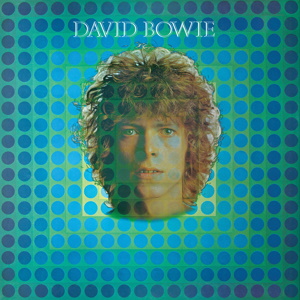
David Bowie
Released: November 4, 1969
It was reissued under the opening title name Space Oddity in 1972. This album was a mix of folk, balladry, and prog rock. A foreshadow of what he would become mixed with what he had been.
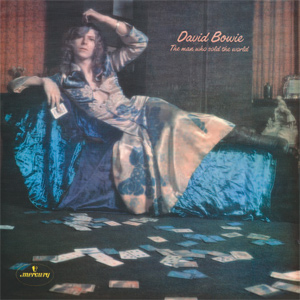
The Man Who Sold the World
Released: November 4 1970
Departing from his acoustic sound, Bowie enters the hard rock world. Roy Carr has said "this is where the story really starts."

Hunky Dory
Released: December 17 1971
Considered one of Bowie's bet albums, it's been described by Stephen Erlewin as "a kaleidoscopic array of pop styles, tied together only by Bowie's sense of vision: a sweeping, cinematic melange of high and low art, ambiguous sexuality, kitsch, and class."

The Rise and Fall of Ziggy Stardust
Released: June 16 1972
Often just refered to as Ziggy Stardust, it is a concept album about the fictional story of a rock star named Ziggy Stardust. In 2017, the album was selected for preservation in the National Recording Registry.

Aladdin Sane
Released: April 13 1973
The follow-up to Ziggy Stardust, the name of this album is a pun on "A Lad Insane". Thought technically a new character, Aladdan Sane was a development of Ziggy Stardust in his appearance and persona. The album cover features a lightning bolt across his face, and is one of Bowie's most iconic images.

Diamond Dogs
Released: May 24 1974
His eighth studio album, Diamond Dogs was a marriage of the novel Nineteen Eighty-Four and Bowies own glam-tinged vision of a post-apocalypic world. Bowie wanted to make a theatrical production of Orwell's book, but the author's estate denied the rights. The song's he wrote wound up on this album.

Scary Monsters (and Super Creeps)
Released: September 12 1980
Bowie's fourteenth album recieved critical acclaim, with David Buckly calling it "the perfect balance" of creativity and mainstream success.

Let's Dance
Released: April 14 1983
This album contains three of Bowie's most successful singles: Let's Dance, Modern Love, and China Girl. It was Bowie's best selling album, selling 10.7 million copies worldwide. He described the album as "a rediscovery of white-English-ex-art-school-student-meets-black-American-funk, a refocusing of Young Americans."
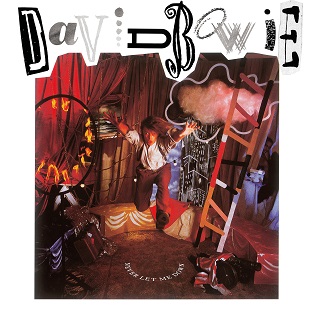
Never Let Me Down
Released: April 20 1987
One of Bowie's better-selling albums, it was poorly received by fans and critics, who often regard the mid-to-late 1980s as a low point of creativity and musical integrity for Bowie. In support of the album, he went on the Glass Spider Tour that was at that point the biggest, most theatrical and elaborate tour he had undertaken in his career.
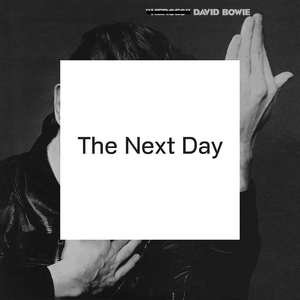
The Next Day
Released: March 8 2013
Announced on his 66th birthday, The Next Day was Bowie's first album of new material in ten years. Many fans thought he had retired previous to this album.
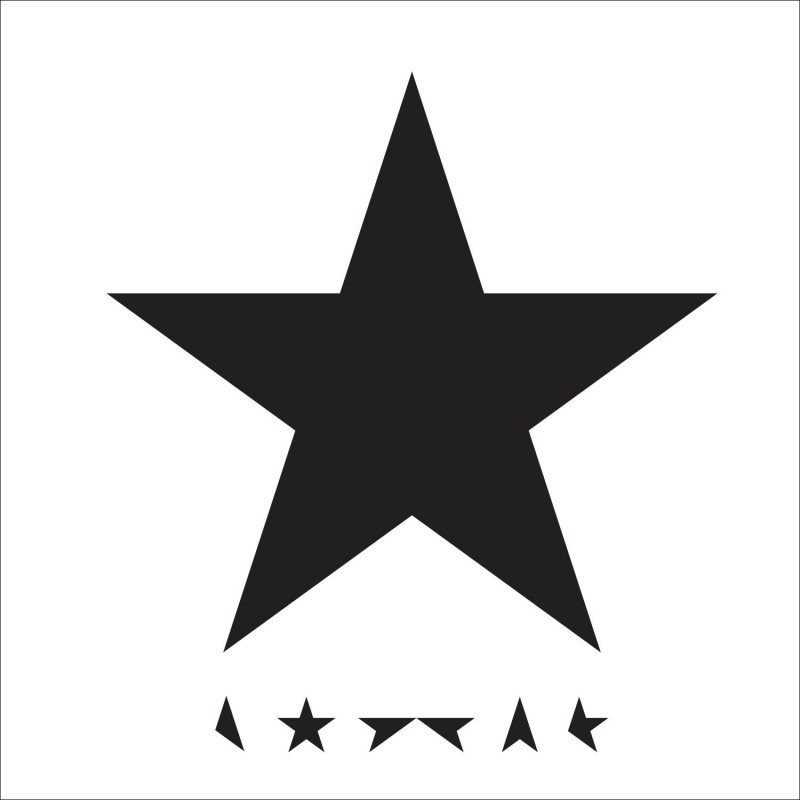
Blackstar
Released: January 8 2016
His final album, released on the day of his 69th birthday. Two days after its release, Bowie passed away from liver cancer - the public was unaware of his illness up until then.
For further information check out his Wikipedia page
